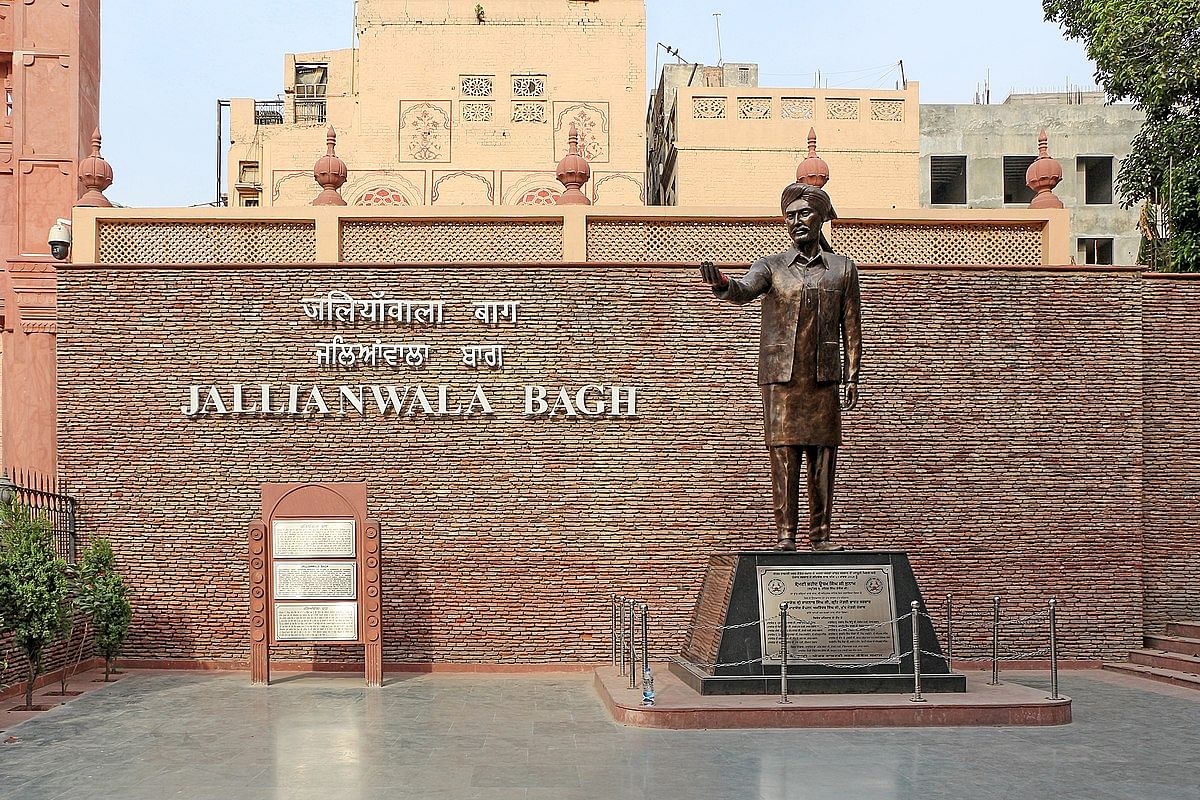
Jallianwala Bagh Amritsar: A Historical Landmark of Unyielding Spirit Introduction
Table of Contents
Table of Contents
- Jallianwala Bagh History: A Tale of Tragedy and Triumph
- 1. The Prelude to the Massacre
- 2. The Fateful Day: April 13, 1919
- 3. Aftermath and Impact
- Visiting Jallianwala Bagh Amritsar: A Journey of Remembrance
- 1. Jallianwala Bagh Location and Accessibility
- 2. The Memorial and Martyrs’ Gallery
- 3. The Flame of Liberty
- 4. The Well of Martyrs
- 5. The Bullet Marks
- The Legacy of the Jallianwala Bagh Massacre
- 1. A Catalyst for Change
- Why Jallianwala Bagh Amritsar Should Be on Your Travel Itinerary
- 1. A Historical Landmark
- 2. Proximity to Other Historical Sites in Amritsar
- 3. Educational Value
- Conclusion
Jallianwala Bagh History: A Tale of Tragedy and Triumph
1. The Prelude to the Massacre
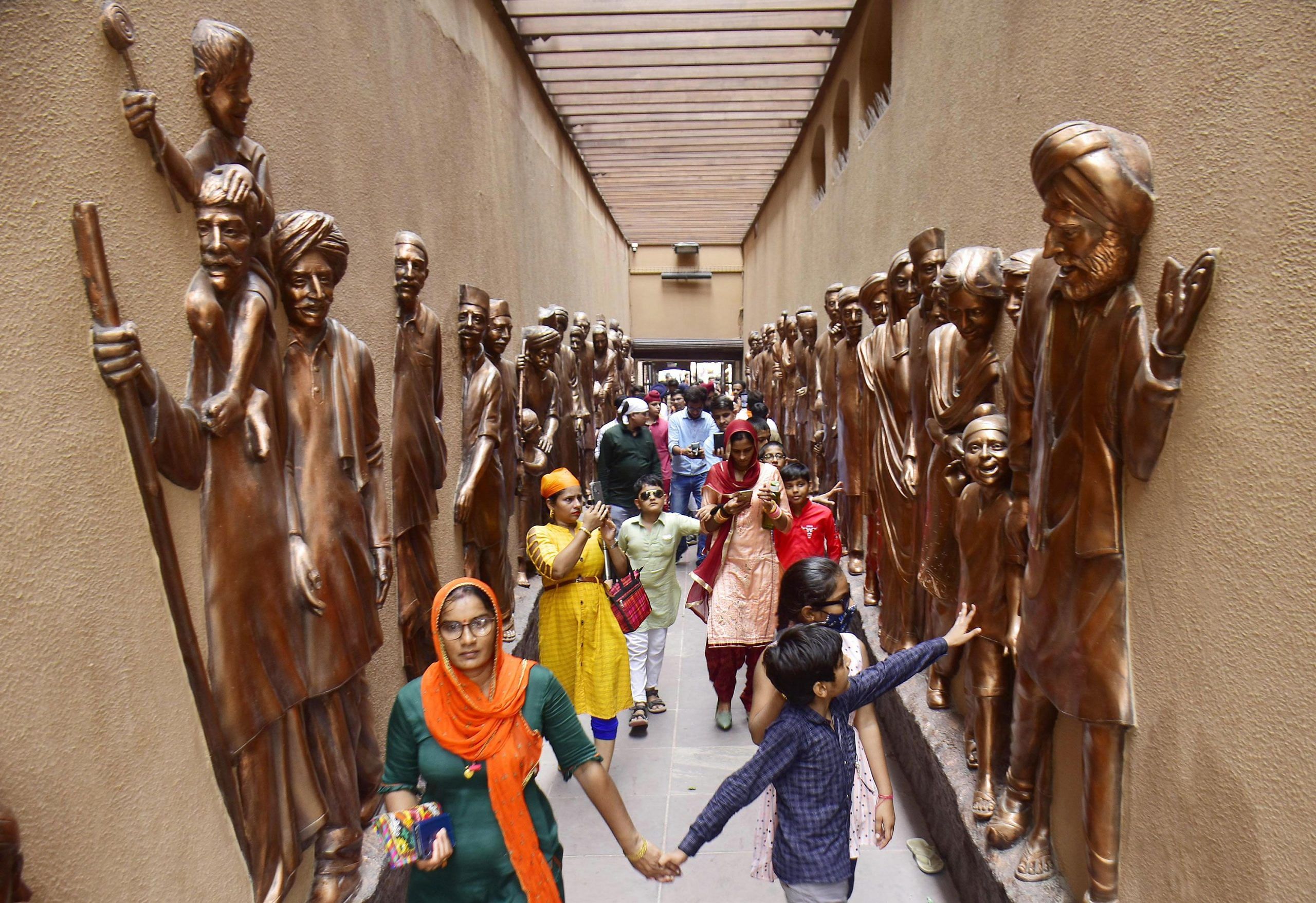
2. The Fateful Day: April 13, 1919
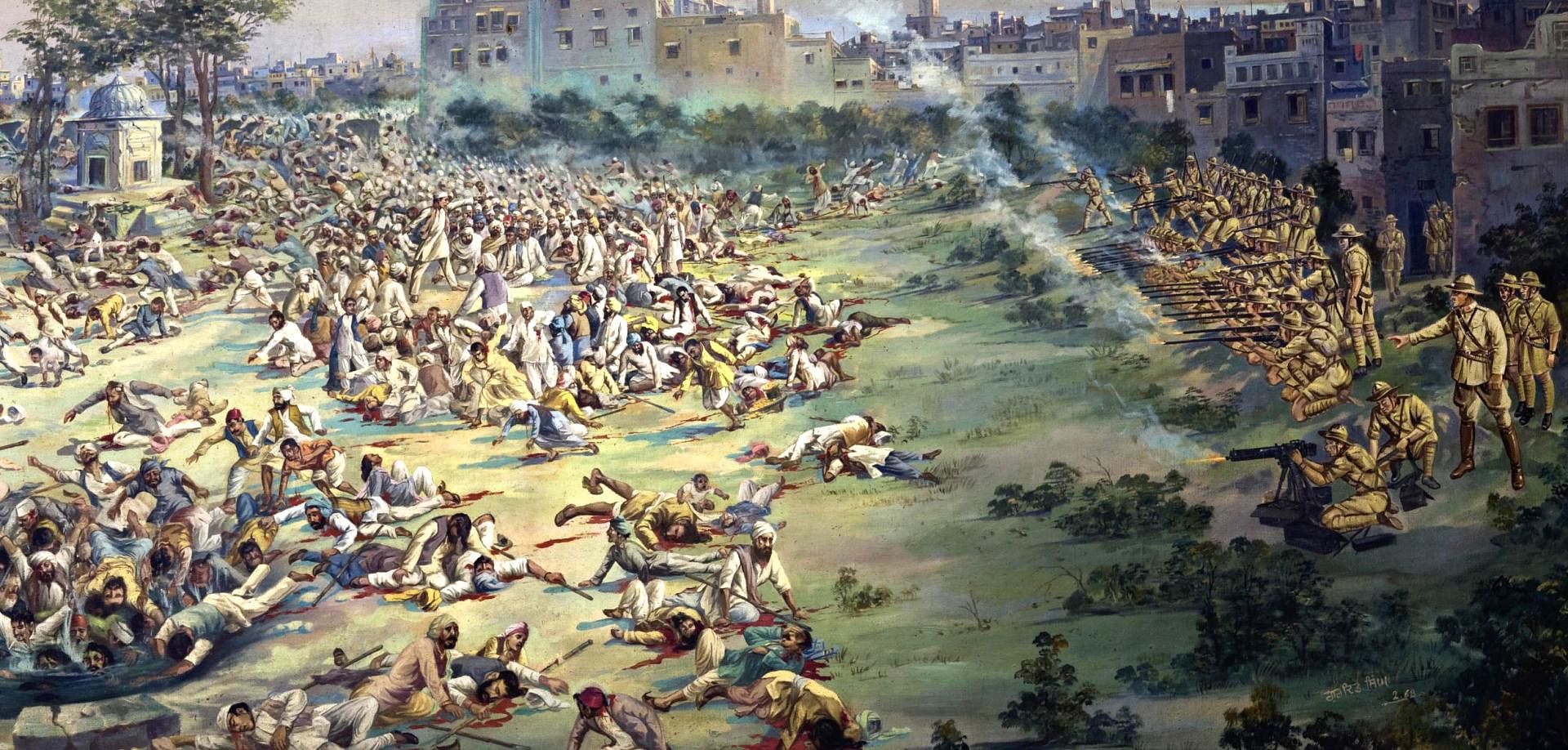
3. Aftermath and Impact
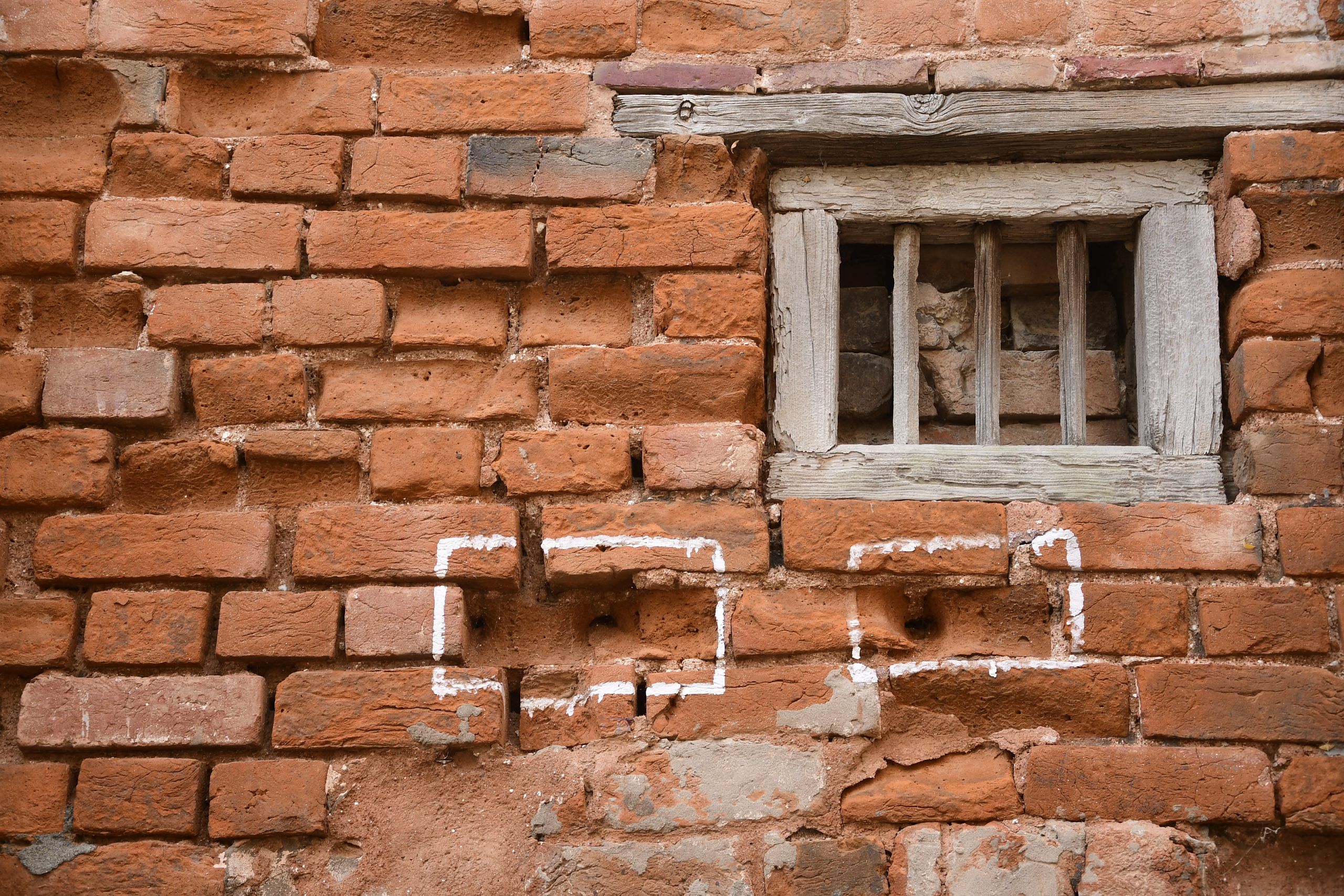
Visiting Jallianwala Bagh Amritsar: A Journey of Remembrance
1. Jallianwala Bagh Location and Accessibility
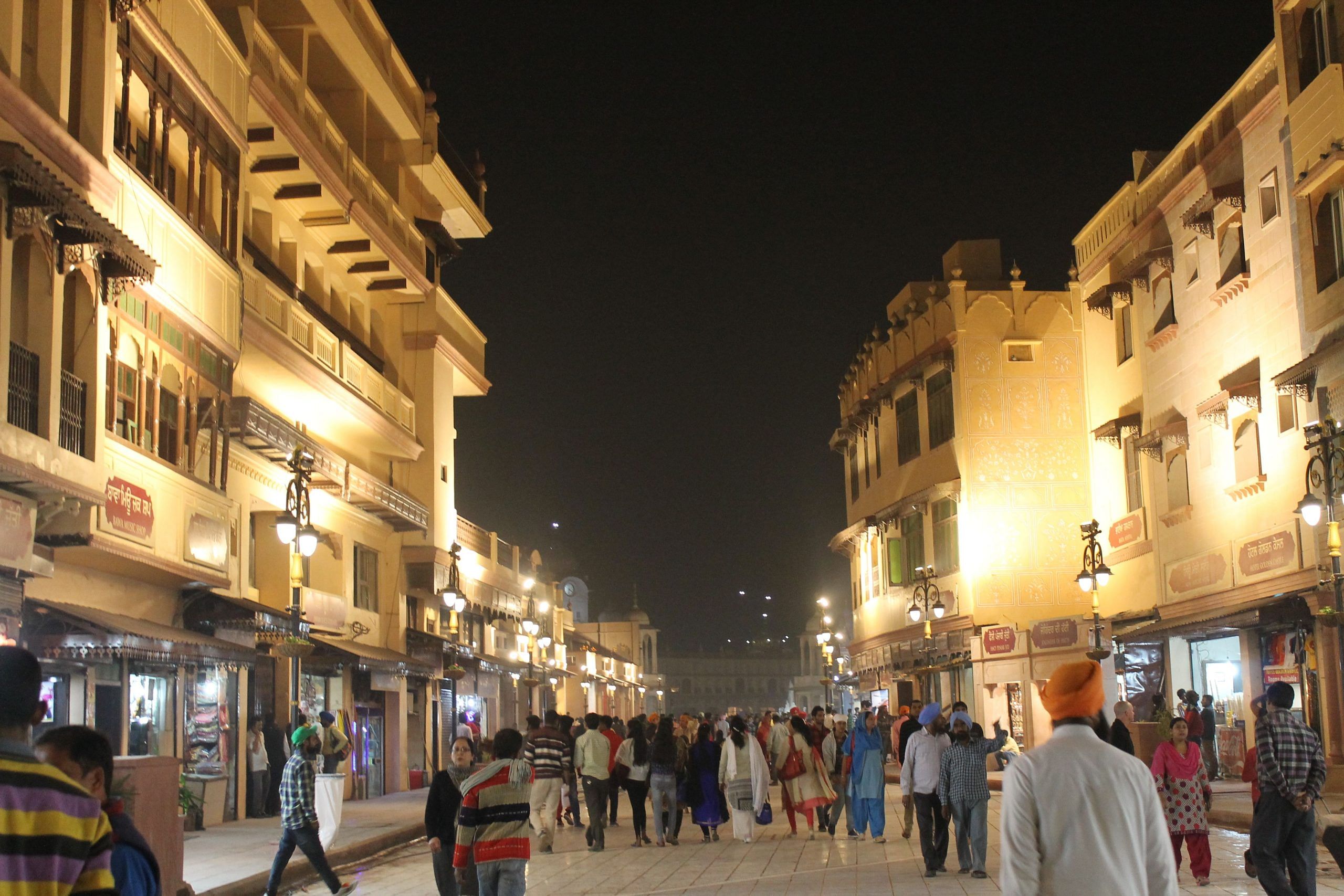
2. The Memorial and Martyrs’ Gallery
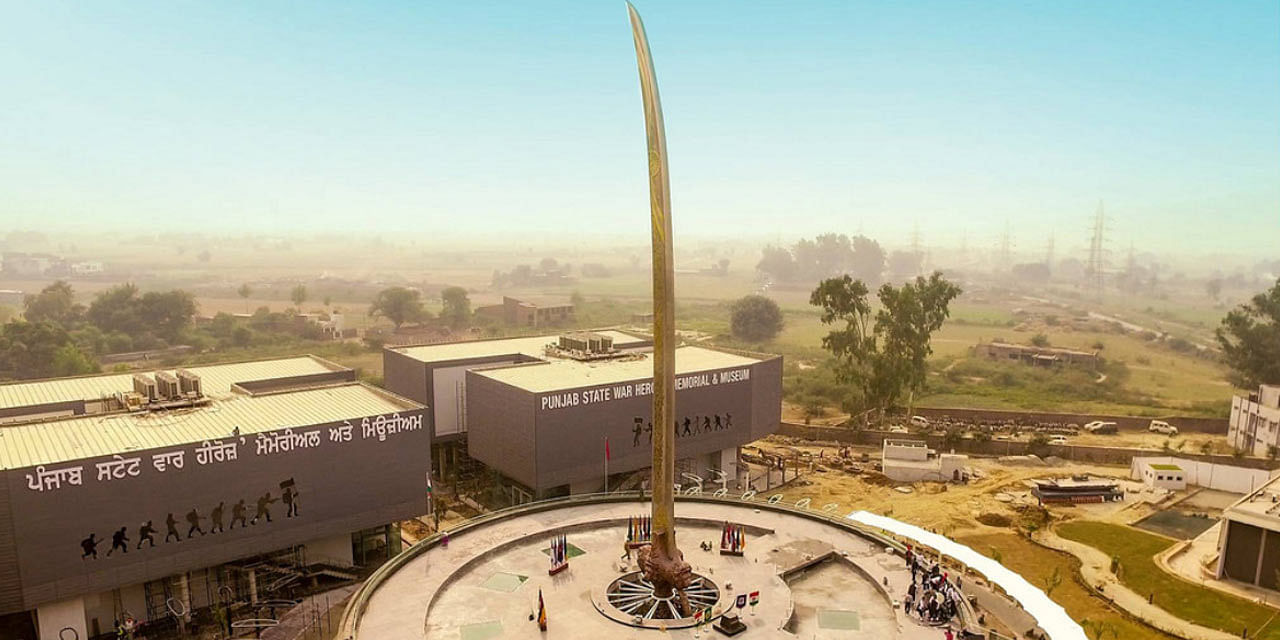
3. The Flame of Liberty
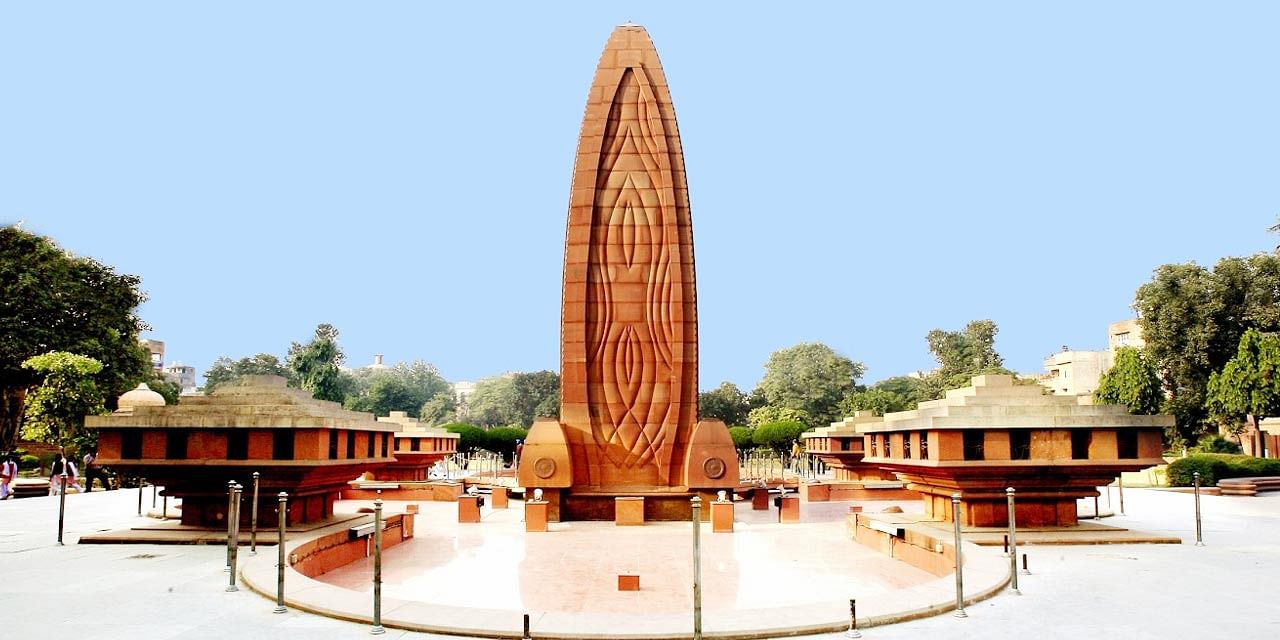
4. The Well of Martyrs
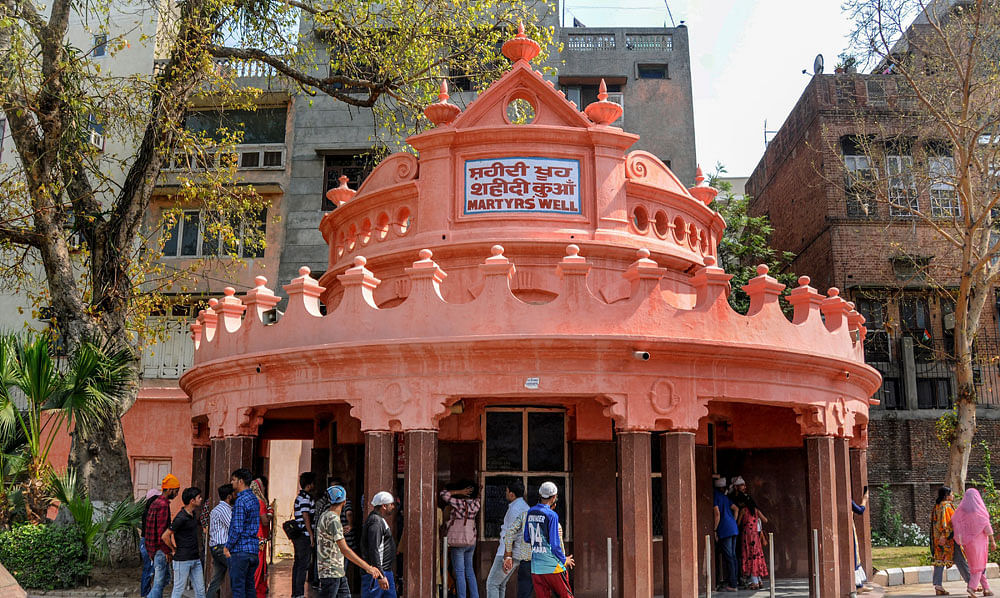
5. The Bullet Marks
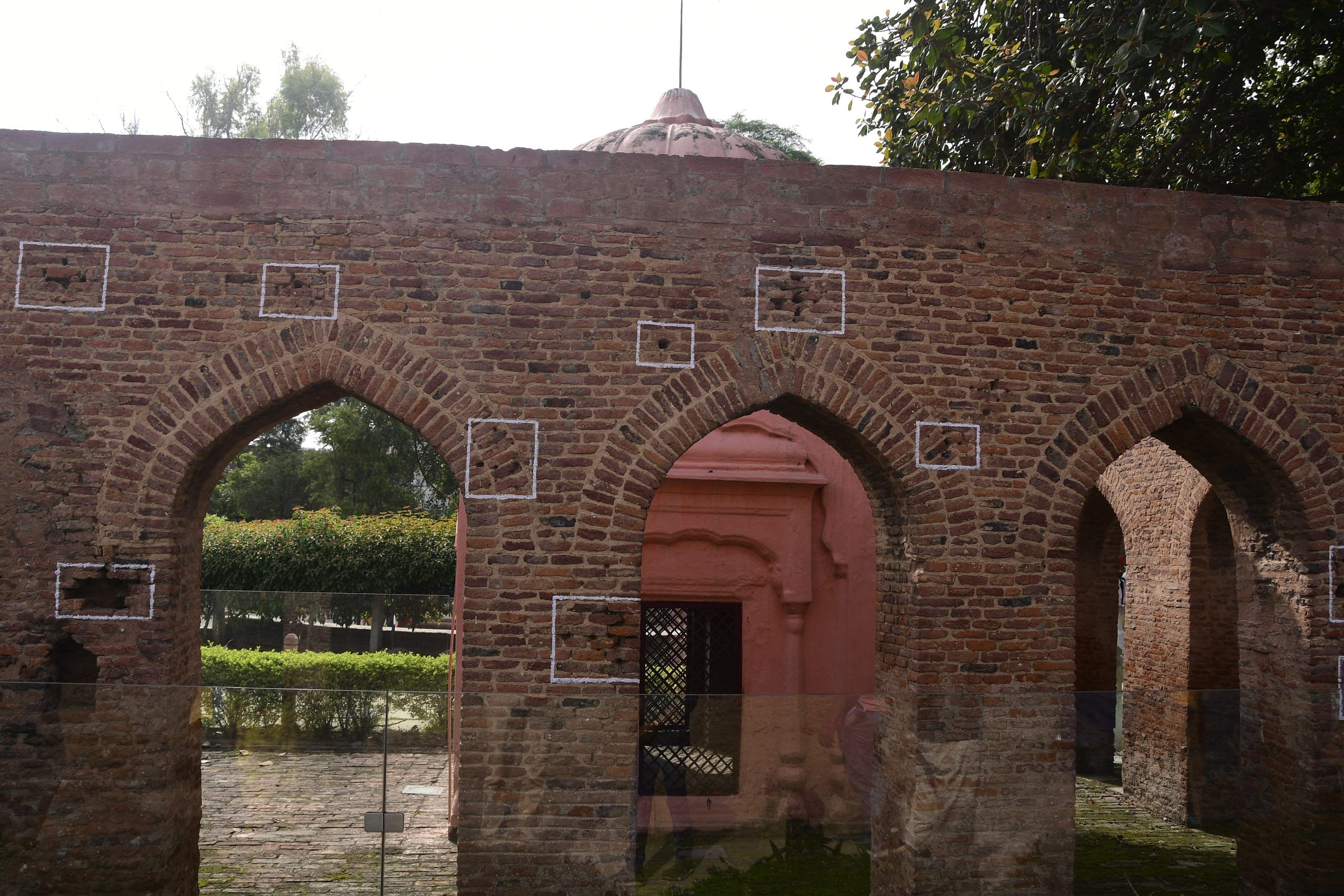
The Legacy of the Jallianwala Bagh Massacre
1. A Catalyst for Change
- Modern-Day Commemoration
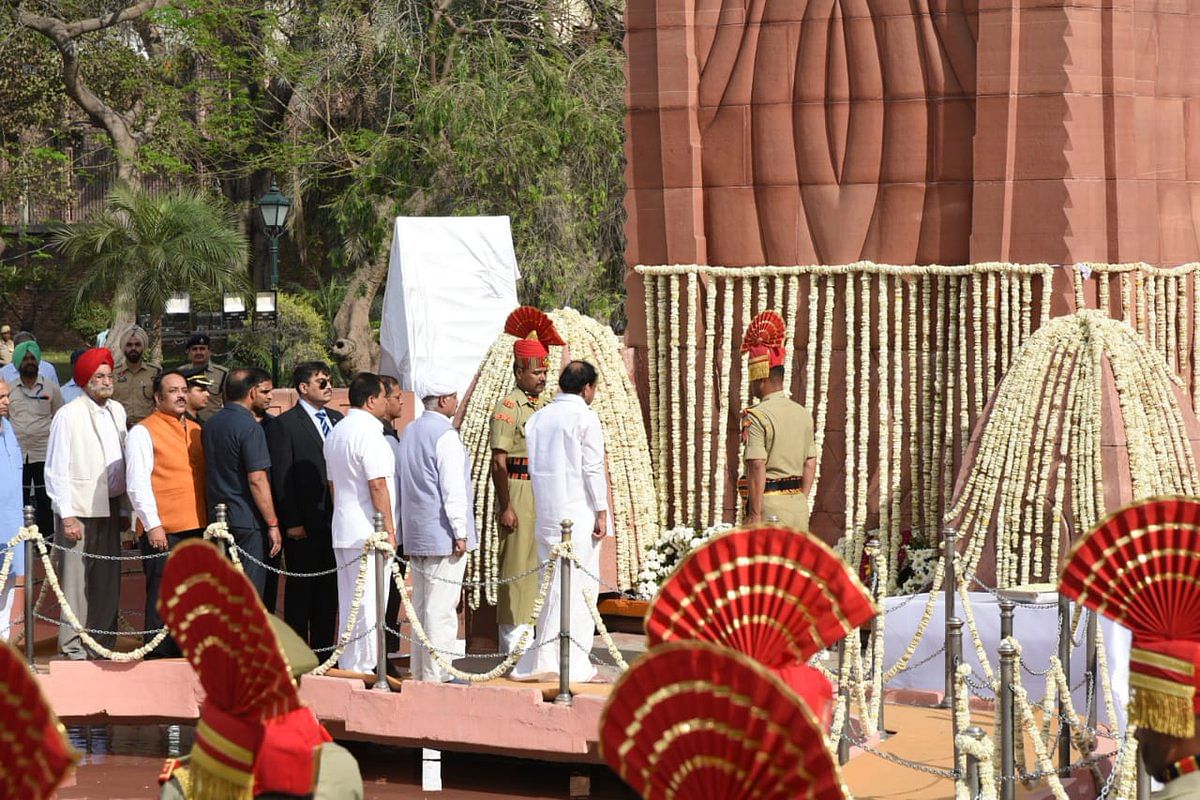
Why Jallianwala Bagh Amritsar Should Be on Your Travel Itinerary
1. A Historical Landmark
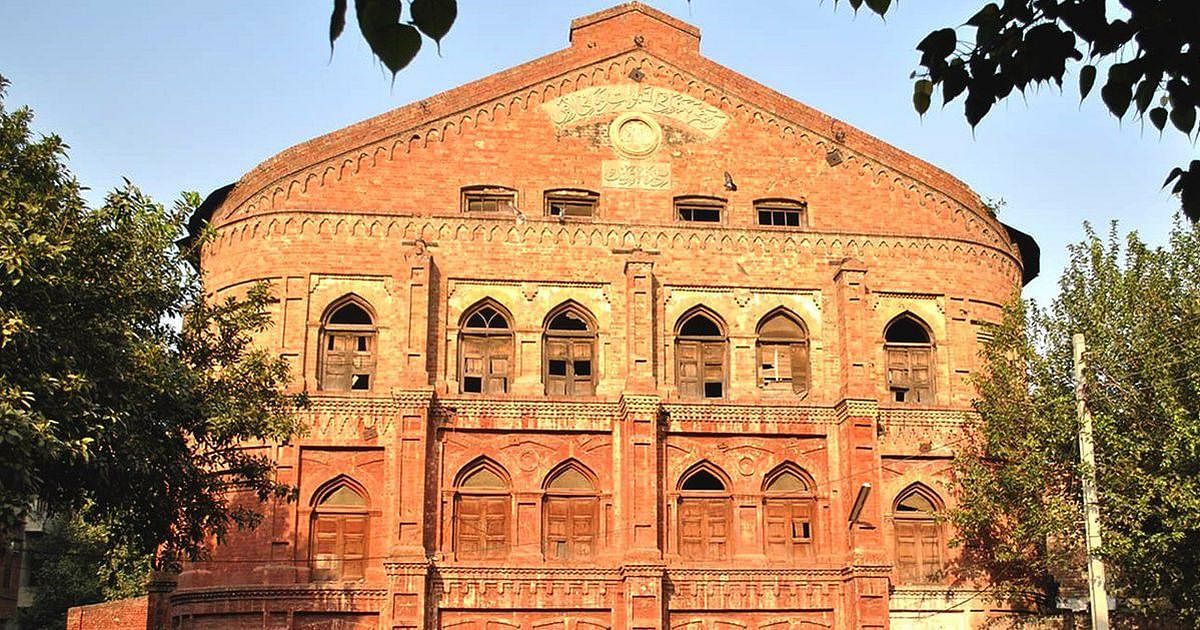
2. Proximity to Other Historical Sites in Amritsar
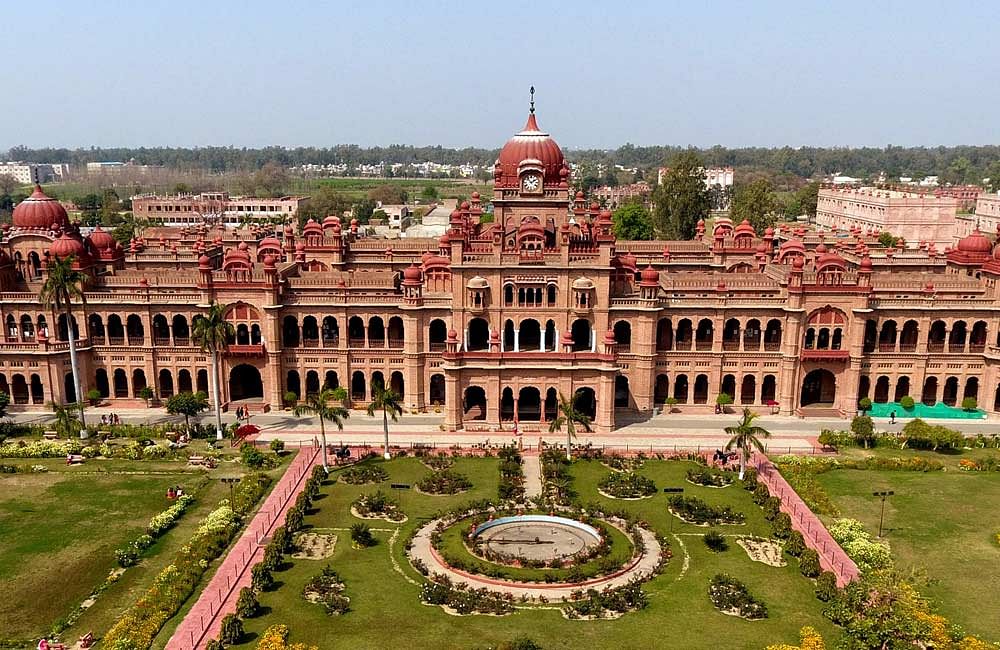
3. Educational Value
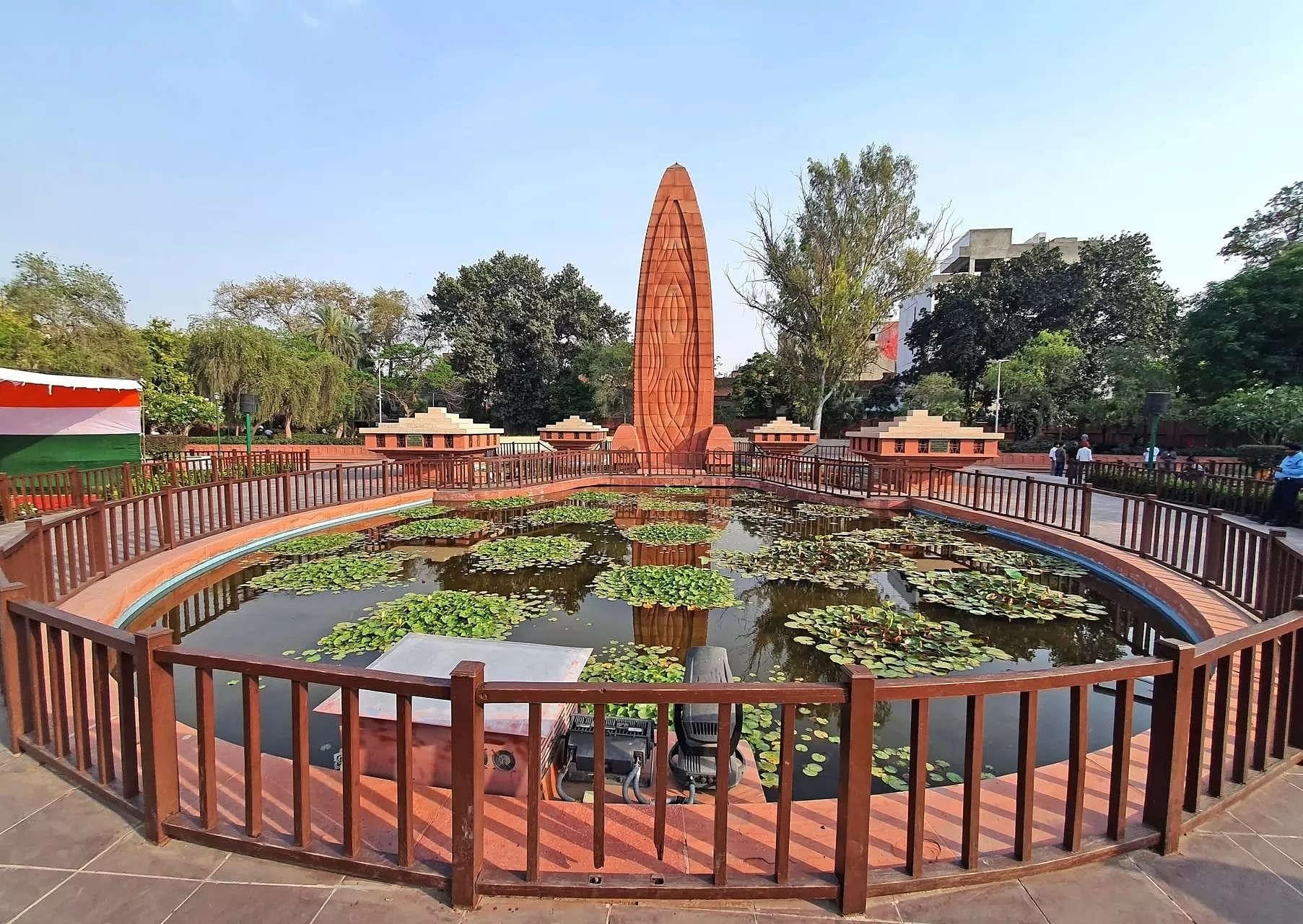
Conclusion
Get exclusive travel insights & updates into your inbox!
*By clicking subscribe you'll receive emails from WanderOn.

Shrutika Parab
★★★★★24 May 2024
“Thank you Team Wanderon for the amazing Ladakh Experience. Right from the point of making the bookings with Mr. Chakshu to the point of completion of the trip received amicable support.
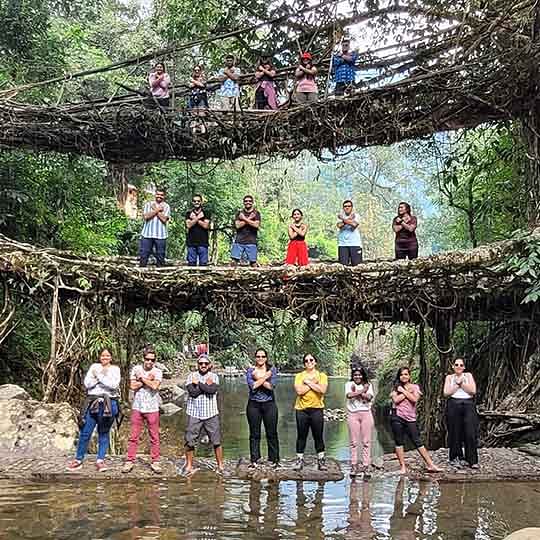
Sonal Shekhar Dash
★★★★★9 May 2024
“I did my first solo trip in India with WanderOn. Initially I was sceptical about their Meghalaya-Kaziranga trip as I didn't have any prior experience with them but the team assured me that it's going to be one of the best experiences of my life.

Archana Awati
★★★★★30 Apr 2024
“In Ladakh, find the perfect blend of culture, adventure, and serenity. December last year I decided that my next trip would be Ladakh but didn’t know how to go about it. I knew I wanted to travel in a group, as I had prior experiences of traveling in a group but wanted an organiser I could trust. Ladakh isn’t like other destinations wherein you need some instructions due to the high altitudes.

Kartik Dilawari
★★★★★4 Jul 2024
“After an amazing trip to Tirthan with WanderOn, I decided to go to Manali-Jispa with them and yet again, the experience was worth every penny. The place was very beautiful and the quality of service was top-notch, the itinerary was very good and the quality of transportation and stays were very good. Had an awesome time there and made some good friends as well. Lastly, our trip captains Priyasha and Rachit managed the entire trip very well and were so fun and made our trip an experience worth remembering.
FAQ'S
01
What are the visiting hours for Jallianwala Bagh?
Jallianwala Bagh is open daily from 6:30 AM to 7:30 PM.
02
Is there an entry fee to visit Jallianwala Bagh?
03
How can I reach Jallianwala Bagh from Amritsar railway station?
04
Are there any guided tours available at Jallianwala Bagh?
WanderOn Special

WANDERON EXPERIENCES PVT LTD
3rd Floor, Building No-436, Phase IV, Udyog Vihar, Sector-18, Gurugram, Haryana-122015


